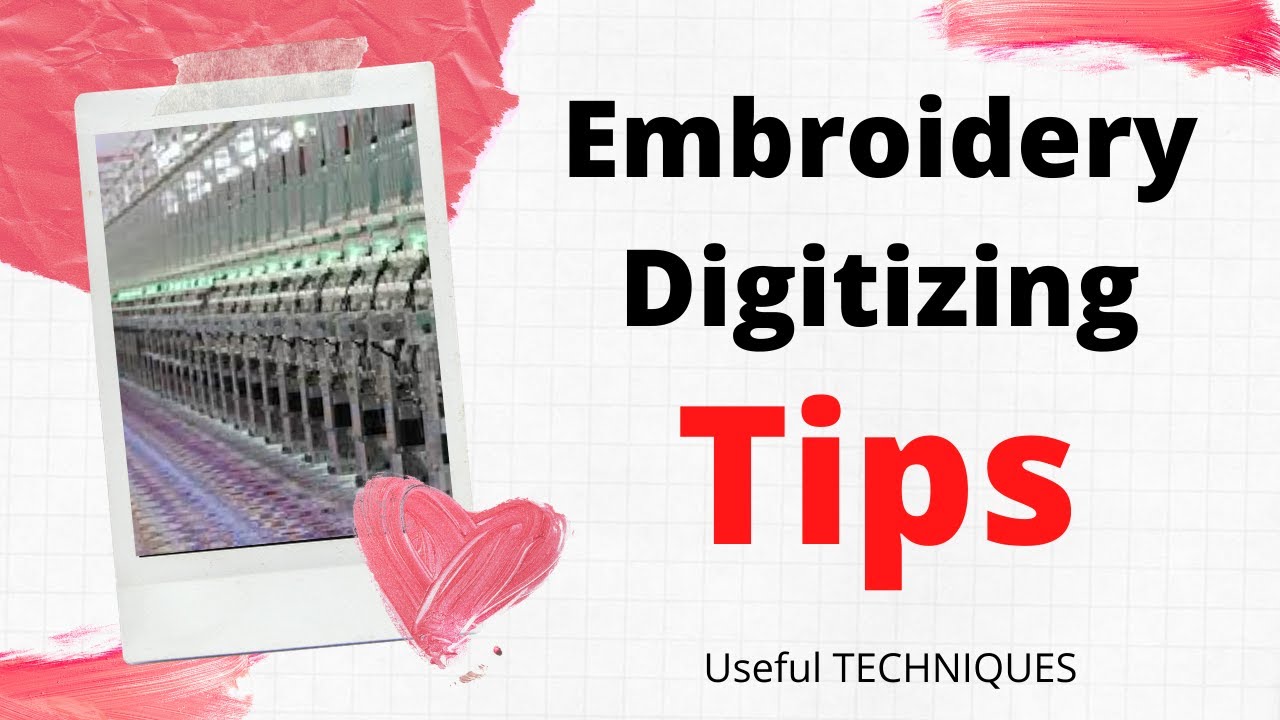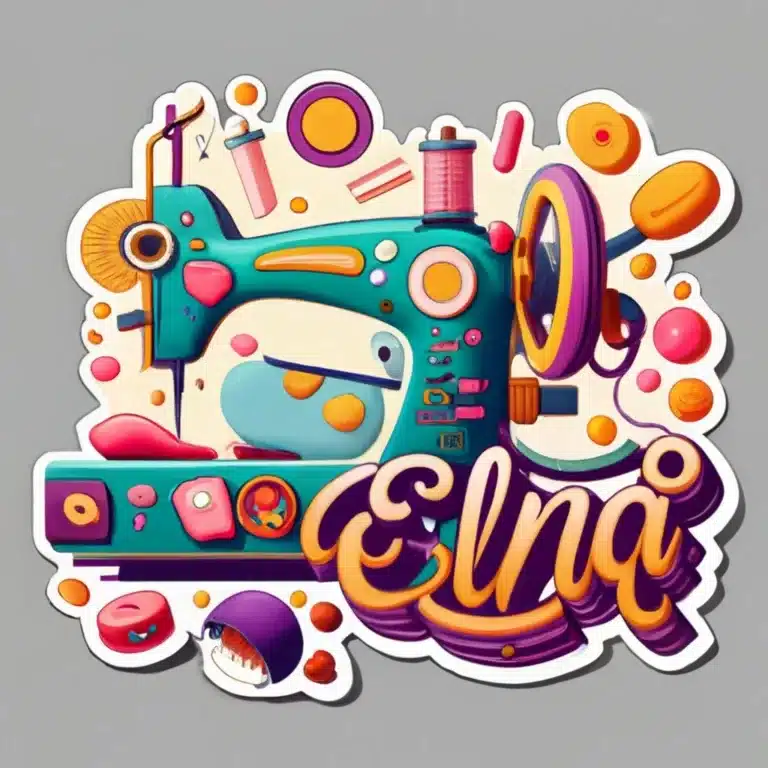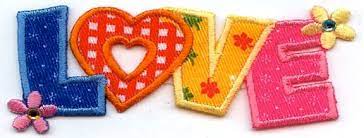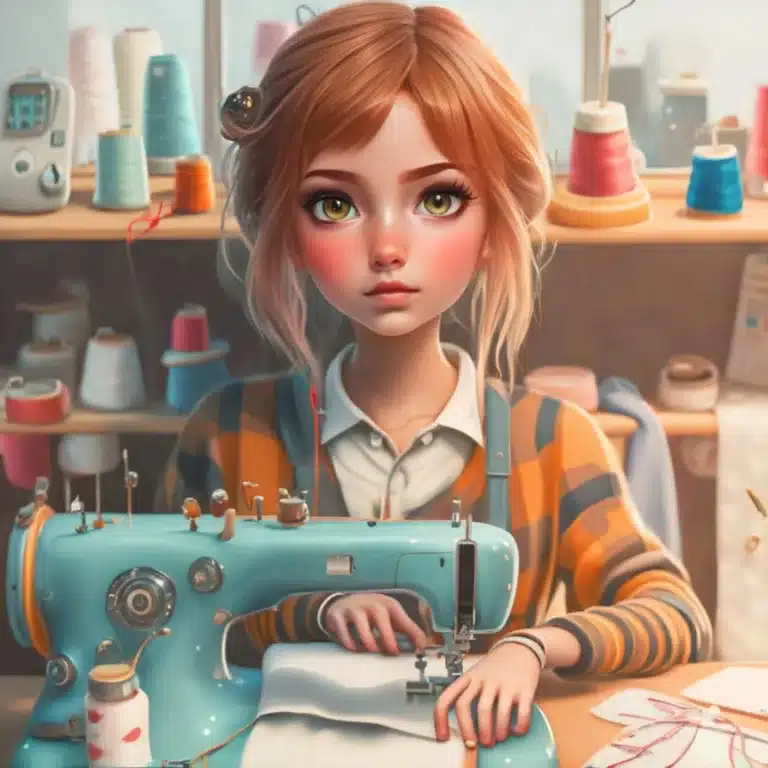1. Introduction to Embroidery Machines
Embroidery machines have revolutionized the art of needlework, enabling enthusiasts to create intricate and stunning designs with ease and precision. Whether you are a beginner looking to explore the world of embroidery or an experienced stitcher seeking to enhance your skills, understanding the fundamentals of embroidery machines is essential. In this article, we will delve into the various aspects of embroidery machines, from choosing the right one for your needs to mastering maintenance and troubleshooting techniques. Additionally, we will explore advanced techniques and creative ideas to expand your embroidery repertoire. So, grab your threads and hoops as we embark on a journey to unlock the full potential of your embroidery machine.
## 1. Introduction to Embroidery Machines
Understanding Embroidery Machines
Embroidery machines are like the superheroes of the sewing world. They take your ordinary fabric and transform it into a work of art with intricate stitches and beautiful designs. These machines use computerized technology to create precise and detailed embroidery patterns, making it easier than ever to add a personal touch to your creations.
## 2. Choosing the Right Embroidery Machine
Considerations for Beginners
Embarking on an embroidery adventure? As a beginner, it’s essential to find an embroidery machine that suits your skill level and budget. Look for machines with user-friendly interfaces, clear instructions, and built-in designs to help you get started on your journey to embroidery greatness.
Features to Look for in an Embroidery Machine
When choosing an embroidery machine, keep an eye out for features that can take your embroidery game to the next level. Look for machines with a large embroidery area, multiple hoop sizes, and a variety of built-in fonts and designs. Other handy features to consider include automatic thread cutting, needle threaders, and adjustable stitching speed.
Budget-Friendly Options
Embroidery machines can range from affordable to splurge-worthy. If you’re on a tight budget, fear not! There are plenty of budget-friendly options available that still pack a punch. Keep an eye out for entry-level machines that offer basic embroidery features without breaking the bank. Remember, it’s not about the machine you have, but how you use it!
## 3. Essential Supplies for Embroidery
Types of Threads for Embroidery
Threads come in all colors of the rainbow, and choosing the right ones for your embroidery project is crucial. Polyester and rayon threads are popular choices due to their vibrant colors and durability. Cotton threads are great for a more vintage or textured look, while metallic threads add a touch of sparkle. Experiment with different thread types to find the perfect match for your design.
Choosing the Right Needles
Needles may seem like tiny, insignificant tools, but they play a significant role in embroidery success. The type and size of the needle can affect the quality of your stitches and prevent fabric damage. For general embroidery, a size 75/11 or 80/12 needle will do the trick. Be sure to change your needles regularly to avoid dullness and thread breakage.
Understanding Stabilizers and Backings
Stabilizers and backings are like the unsung heroes of embroidery. They provide support and prevent fabric distortion during stitching. There are various types of stabilizers, such as tear-away, cut-away, and water-soluble. The choice of stabilizer depends on your fabric and design. Remember, a stable foundation leads to flawless embroidery.
## 4. Getting Started with Your Embroidery Machine
Setting Up Your Machine
Before diving into embroidery glory, it’s crucial to set up your machine properly. Follow the manufacturer’s instructions to thread your machine, install the correct hoop size, and select the desired design and settings. Take a deep breath, and remember, even if you mess up, it’s just a thread away from becoming a learning experience.
Choosing and Preparing Your Design
Choosing the right design is like picking the perfect outfit for your fabric. Whether you’re using built-in designs or downloading them from the internet, ensure they are compatible with your machine’s format. Once you’ve selected your design, it’s time to resize, rotate, or add any personal touches using embroidery software. Get creative and let your imagination run wild!
Transferring Designs to Your Embroidery Machine
Now that you have your design ready, it’s time to transfer it to your embroidery machine. Most machines have USB ports or memory card slots for design transfer. Simply connect your machine to your computer or insert the memory card, and voila! Your design is ready for stitching. Sit back, relax, and watch your embroidery machine work its magic.
Embroidery machines may seem intimidating at first, but with a little practice and a whole lot of thread, you’ll become an embroidery pro in no time. So, grab your machine, unleash your creativity, and let the stitches tell your story! Happy embroidering!
5. Tips for Proper Maintenance and Care
Cleaning and Dusting Your Embroidery Machine
Keeping your embroidery machine clean and dust-free is essential for its smooth operation. Just like any other equipment, it needs a little TLC to stay in top shape. Grab a soft cloth or a brush and gently wipe away any dust or lint that may have accumulated on the surface and in the crevices of your machine. Don’t forget to clean the bobbin area and the thread path too!
Regular Oil and Lubrication
Just like a well-oiled machine, your embroidery machine needs proper lubrication to function smoothly. Check the manufacturer’s instructions on how often to oil your machine and which type of oil to use. Apply a few drops of oil to the designated areas and gently work the handwheel to distribute the lubrication. Remember, less is more when it comes to oiling—overdoing it can cause more harm than good.
Protecting Your Machine from Dust and Environmental Factors
Your embroidery machine may not appreciate the great outdoors as much as you do. Protect it from dust, debris, and direct sunlight by keeping it covered when not in use. A machine cover or a dust cover specifically designed for your model will do the trick. If you’re feeling crafty, you can even make one yourself using some cute fabric. Your machine will thank you!
6. Troubleshooting Common Issues
Thread Breakage and Tension Problems
Embroidery can sometimes be a tangled mess, quite literally. If you’re dealing with thread breakage or tension issues, first check if the thread is properly threaded through all the guides and tension disks. Experiment with adjusting the tension levels, starting with small tweaks until you find the sweet spot. Oh, and make sure you’re using the right thread weight for the design—it can make a big difference!
Design Alignment and Hooping Issues
Embroidery is all about precision, but sometimes designs end up looking a bit wonky. To tackle design alignment issues, use alignment stickers or marks on your fabric to ensure accurate design placement. Also, double-check that your hoop is properly attached and tightened. If it’s loose, your design might shift during stitching, resulting in less-than-perfect results. And remember, practice makes perfect!
Dealing with Skipped Stitches
We’ve all been there—those frustrating moments when our embroidery machine decides to skip a stitch or two. If this happens, first check the needle. Is it dull or bent? If so, replace it with a new one. Skipped stitches can also occur if the needle is not properly inserted or if the fabric is not hooped tightly enough. Give it another go with a fresh needle and ensure your fabric is secure, and hopefully, those skipped stitches will be a thing of the past!
7. Advanced Techniques and Creative Ideas
Exploring Specialty Embroidery Stitches
Ready to take your embroidery skills to the next level? Dive into the world of specialty stitches! From satin stitches to French knots, there are endless possibilities to create unique and textured designs. Check out tutorials or embroidery books to learn these stitches and add some extra pizzazz to your projects. Who said embroidery couldn’t be fancy?
Working with Metallic and Specialty Threads
If you’re feeling a little adventurous, why not experiment with metallic and specialty threads? These shiny beauties can add a touch of glamour to your embroidery. Keep in mind that working with metallic threads may require some adjustments—try using a larger needle and reducing the machine speed to prevent thread breakage. And remember, a little patience goes a long way when working with these finicky threads.
Incorporating Appliqué and Embellishments
Take your embroidery from ordinary to extraordinary by adding appliqué and embellishments. Appliqué allows you to add fabric pieces to your design, creating dimension and interest. Additionally, you can embellish your embroidery with beads, sequins, or even tiny charms to make it sparkle and shine. Let your creativity run wild and transform your projects into true works of art!
8. Resources for Further Learning and Inspiration
Embroidery Classes and Workshops
If you’re eager to expand your embroidery horizons, consider taking a class or workshop. Many community centers, sewing stores, and online platforms offer embroidery classes for beginners and advanced stitchers alike. Learning from experienced instructors and connecting with fellow embroidery enthusiasts can be a great way to hone your skills and find inspiration for new projects.
Online Tutorials and Embroidery Communities
The internet is a treasure trove of embroidery knowledge and inspiration. Explore online tutorials, YouTube channels, and embroidery forums where passionate stitchers share their tips, tricks, and project ideas. Joining an embroidery community can provide a supportive network and a wealth of resources to fuel your creativity. Plus, who doesn’t love a good virtual high-five when you complete a beautiful embroidery piece?
Embroidery Design Books and Magazines
Looking for a more traditional approach? Dive into the pages of embroidery design books and magazines for a dose of inspiration. These publications often showcase stunning designs, provide step-by-step instructions, and offer valuable insights from skilled embroiderers. Keep an eye out for embroidery magazines or browse through bookstores and online retailers to find the perfect reads for your embroidery journey. Happy stitching!In conclusion, embroidery machines offer endless possibilities for creating beautiful and personalized designs. By following the tips and guidelines outlined in this article, you can make the most of your embroidery machine and unleash your creativity. Remember to choose the right machine, stock up on essential supplies, and maintain it properly to ensure optimal performance. With practice and exploration of advanced techniques, you will continue to improve your embroidery skills and produce stunning works of art. So, keep stitching, experimenting, and enjoying the art of embroidery with your trusted machine. Happy embroidering!






